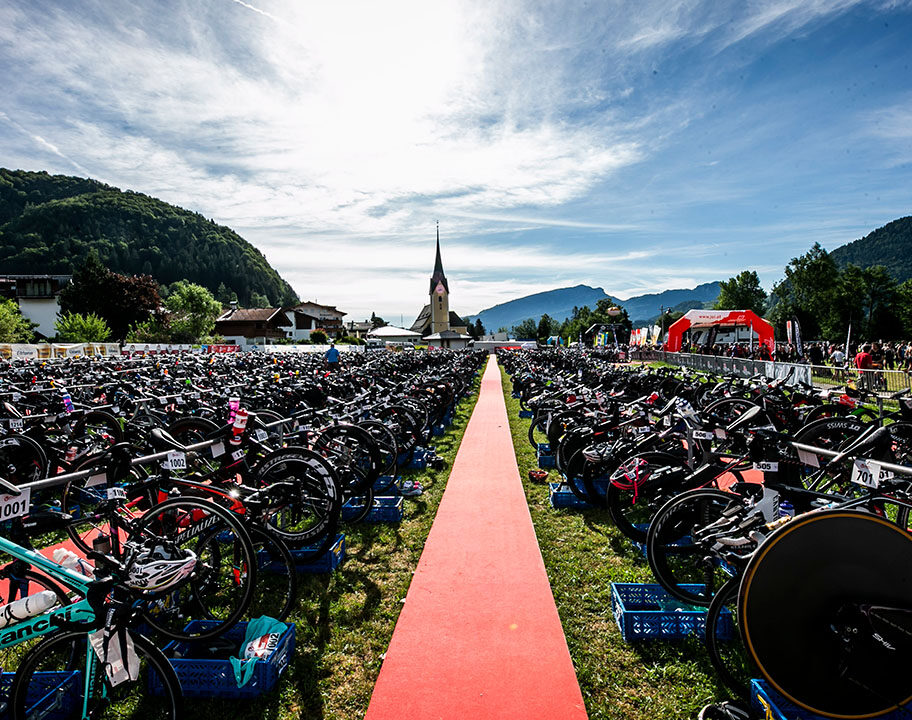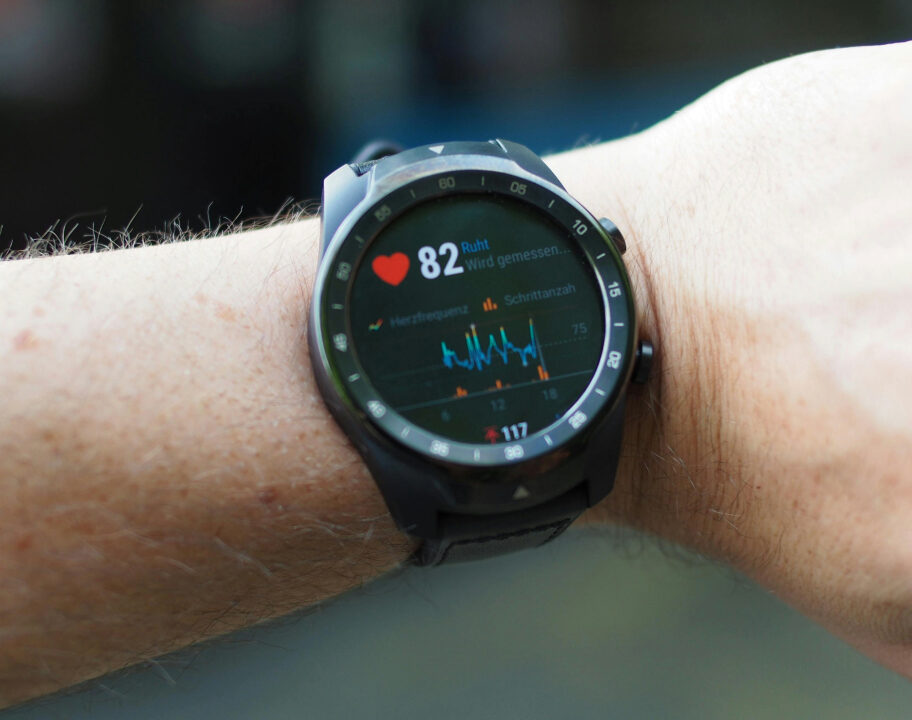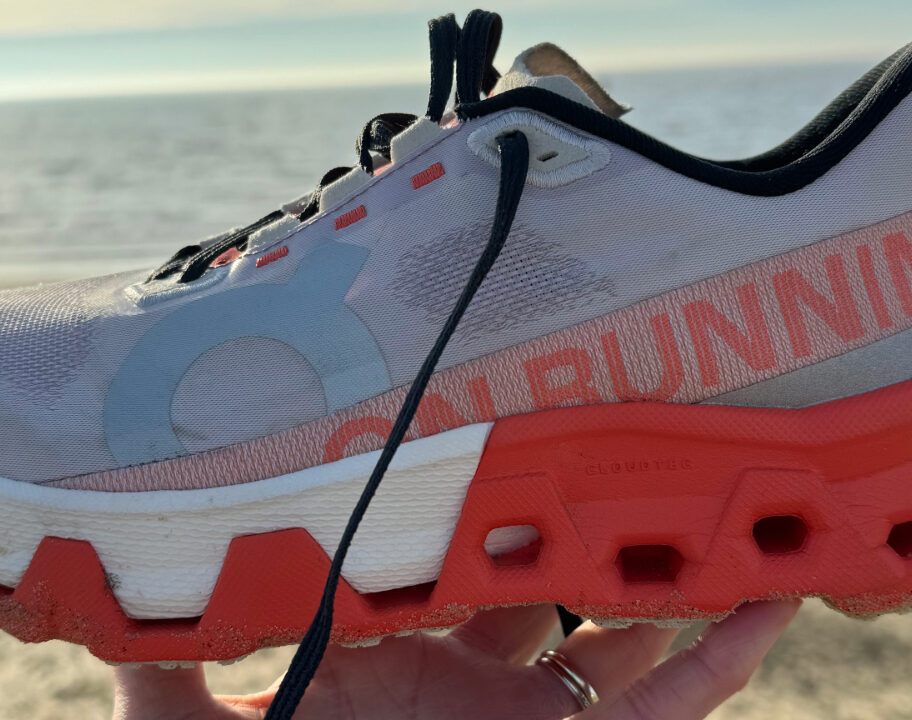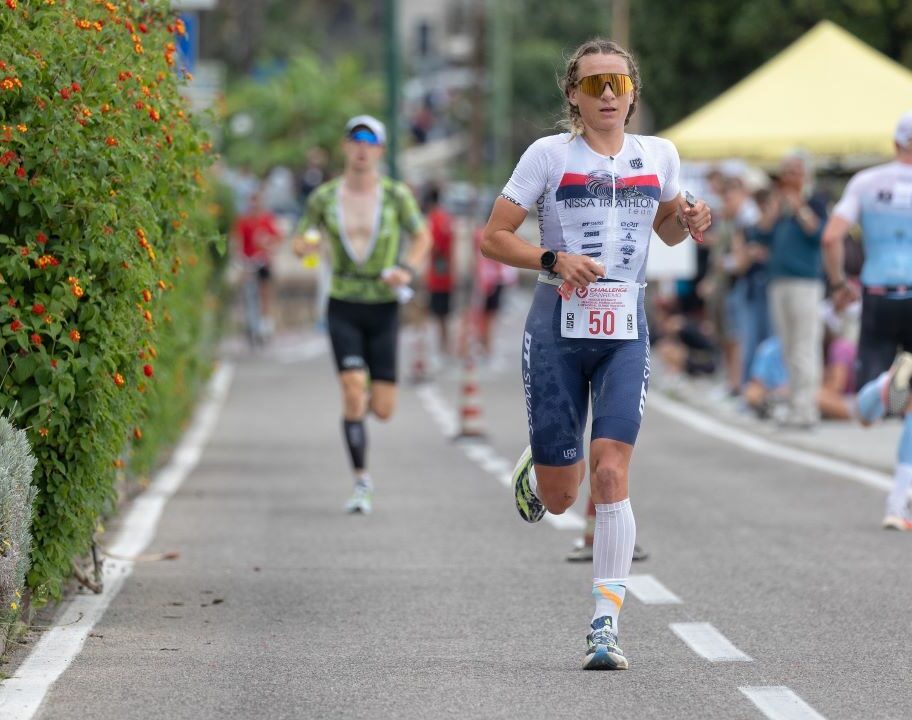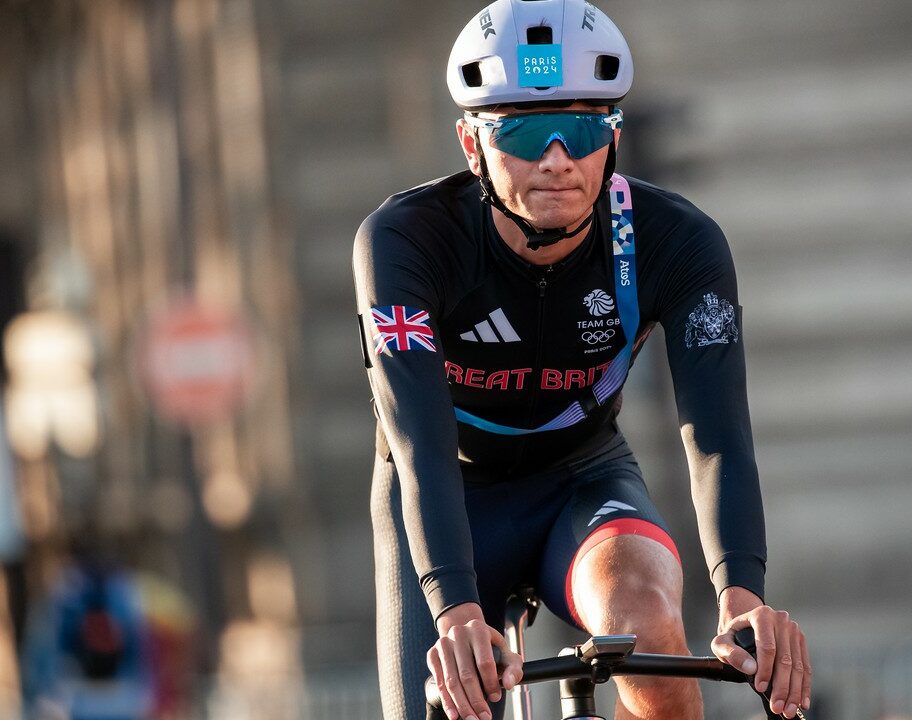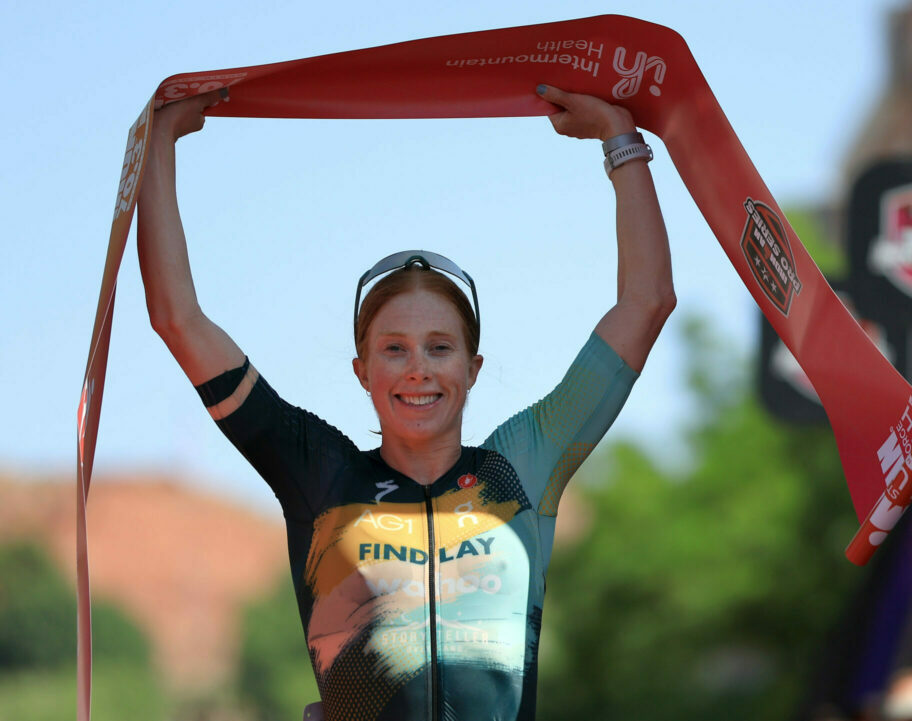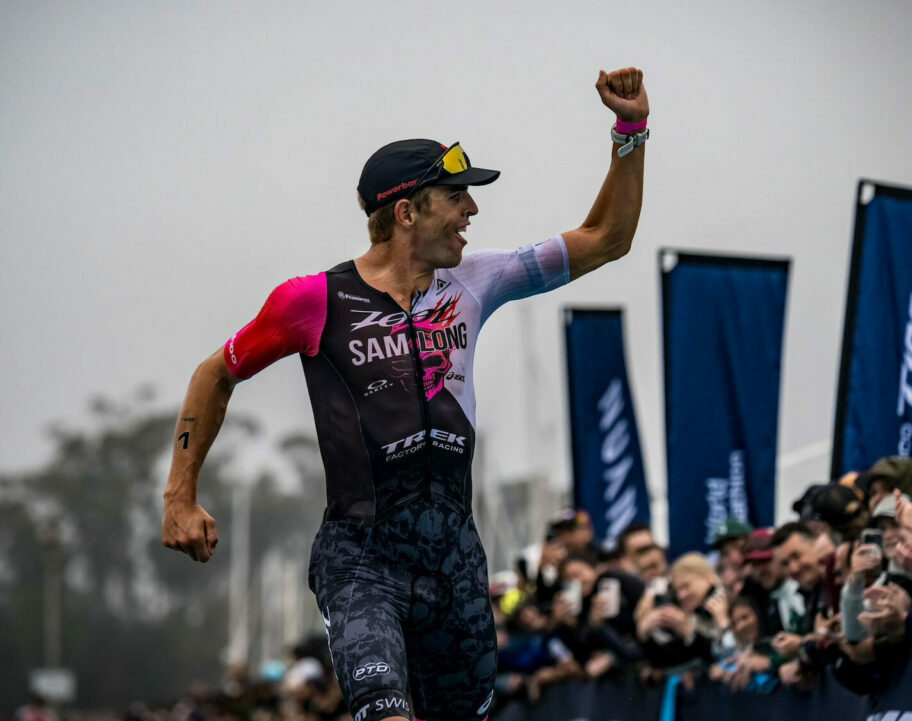A middle distance triathlon – also known as half Ironman – is usually a 1.9km swim, 90km bike and a 21km run. It is a great step up from Olympic distance racing and offers a more achievable challenge for many than a full distance race! The distance is very achievable for a lot of beginner athletes. However, taking on your first half distance triathlon requires proper training, preparation over a long period and being confident in your skills and ability.
Keep reading to find out how to structure your training, how long you need and what to prioritise to get to your first middle distance triathlon feeling confident and ready to race.
How long to train for a half Ironman?
Before you choose a race it’s important to understand how long you need to give yourself to train so you can pick a race that fits in with the recommended timeline. Getting ready for a middle distance triathlon involves several different training phases (more on that later) to build specific fitness, so it’s important to give yourself adequate time to prepare.
Ultimately, it’s never too early to start laying the groundwork and building your base of endurance. If you’ve never trained with much specificity for a triathlon, or you’re coming back from a long time off. Generally 6-8 months of consistent training should get you in good shape. But if you’ve already got a solid endurance background and your base level of fitness is in a good place, then 4 months is a good starting point.
How to start training for a middle distance triathlon – training structure and what to focus on
To breakdown the best way to train for a half distance triathlon, it’s best to look at the training as 4 specific blocks. The blocks should last around 4-6 weeks each depending on your timeline and experience so far! What is important is you do not rush the process and training; you work through the periods and always allow time for adequate recovery and adaptions.
Phase 1- Base building
In the first phase of training it is simply about aerobic endurance often referred to as Zone 1 and 2 training. This period is about preparing your body for the work to come and establishing a base. You can see it like building a house, without strong foundations the house will fall down!
In this phase you should be aiming for around 2 x per week each of swim, bike and run. Most of these sessions should be aerobic in intensity and gradually increasing the length of each session. For example you may start with 60-90 minute aerobic bikes, building up to 3 hours by the end of the block.
In this period it is important to also focus on technique especially in swimming where you can incorporate more drills into your sessions. It is a good period to also build strength for the upcoming miles. This can be done with strength and conditioning once or twice a week along with specific training. Hilly trail runs for example will build strength in the legs for harder run sessions.
This first phase may seem “boring” in nature with a lot of steady state training but it is essential to be ready for the work to come.
Phase 2- The build phase
After you’ve established a solid aerobic base, you can start moving into a ‘build phase’. This can be around 4-6 weeks and this is when we start adding layers on top of the base work. The aim is to increase your aerobic ceiling and interval work begins. In this period, you should be looking at one interval session per week in each discipline. Your other training around this will be aerobic to allow freshness for the hard sessions. In this phase you want to begin to find your race intensity/power on the bike, your target run pace for the half marathon and understand your swim speed.
Example workouts
Swim – After a 600-800m warm up, 10x100ms at 7/10 intensity close to race effort with 20 seconds rest! The aim here is swimming good quality efforts with plenty of rest.
Bike – 15-20 minute easy warm up, Main set: 5×5 minutes at 7/10 intensity zone 3 efforts with 2 minutes recovery. Aiming to increase your threshold and prepare for middle distance pacing. Indoor training on platforms such as ROUVY is ideal for this type of session.
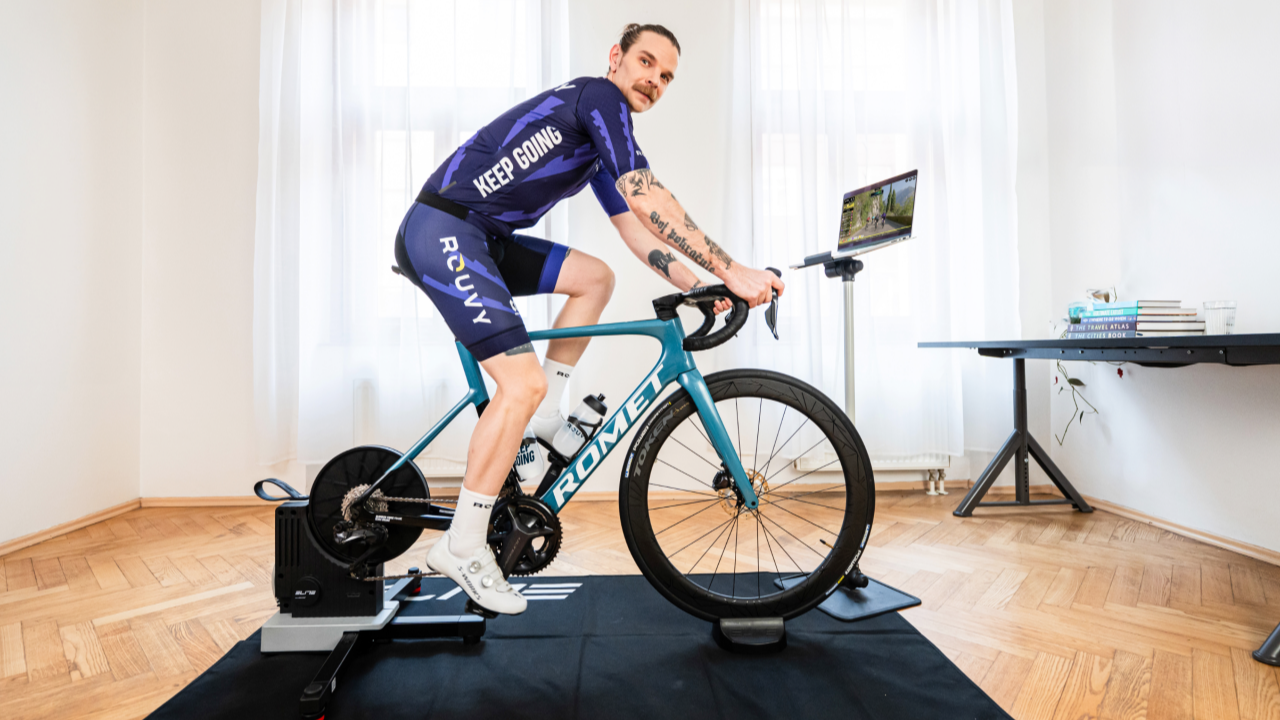
Run – 15 minutes easy warm up, 8×3 minutes at 7/10 intensity with 90 seconds recovery. Running the efforts above half marathon pace!
As mentioned, during this phase doing a lot of your bike training indoors can be a great way to build strength and focus. Programmes such as ROUVY will allow you to set exact sessions to power, try out specific race courses and help you visualise exactly what you will be racing!
Phase 3 – Race-specific preparation
Around 4-5 weeks out from the race your training should start to become very race specific! This is when you begin to dial in everything for your race, test out your kit and nutrition and build a lot of confidence.
Brick sessions
In this period you should be looking to add in brick sessions. This simply means running straight after a bike ride. To prepare you for how it will feel on race day, you want to practice running at your target race pace off the bike, building up to longer distances. This will get you ready for the half marathon at the end of a middle distance triathlon.
An example brick session could include a 2-3 hour bike ride, with 4 x 10 minutes at race pace/power. Followed by a brick run, with 2 x 6kms at your target half marathon pace.
You want to get comfortable riding at your race intensity and being able to run for extended periods off the bike. In this period, you will also be training under more fatigue and getting used to pushing on tired legs. Rather than being “fresh” for your key sessions its useful to put them close together simulating the fatigue in a race.
Time to get into open water
Your swim training should feature some longer sets, with race pace efforts such as 4x800ms. Now is the time to start swimming in open water, so you can get used to your wetsuit, the changeable conditions and practice your sighting.

RELATED: How to swim in open water
Dial in you gear and nutrition
During sessions in this block you should be practicing your race nutrition – what you aim to eat on race day. Taking gels and fuel for your key brick sessions will help you to establish what fuel options work well for you. You can even practice your race morning breakfast to make sure it sits well in your stomach. This phase gives you the opportunity to leave no stone unturned and control the controllables for race day. It’s also the time to test out your wetsuit, make sure your tri suit is still comfortable and practice your transitions.
Recce the race course
Your training during this phase should also be course specific. For example, if it’s a hilly course do your hard sessions on hills and not just the flats! If the run has varied terrain or undulations, make sure your training prepares you for this. Ideally, you’d want to recce the course itself so you can get familiar – especially the bike course. If your race isn’t close to home, ROUVY has a huge number of real triathlon race routes with ultra-realistic virtual reality video which can be really helpful to get to know where any big hills are or any sharp turns.
Example training week for the race-specific training phase
Between the key workout days, your other training in this phase should be aerobic steady state to allow you to recover and continue building your aerobic engine.
An example week would look like the following:
Monday : Hard swim session 2.5-3kms including 3x800s @ race intensity
Tuesday: Easy aerobic run up to 60 minutes, light strength training 45 mins
Wednesday: Brick session, bike 90 minutes with 5×5 mins at race effort, run off the bike 30 minutes with 6×3 minutes above race effort
Thursday – Recovery bike 75-90 minutes, Swim session aerobic
Friday – Long aerobic run 60-90 minutes, mobility after
Saturday – Long bike with TT efforts over 3 hours, short aerobic run off the bike
Sunday – Optional rest day or open water/skills training
Final phase – Taper time!
In the final 2 weeks before the race, your training is ‘done.’ Gaining fitness here is very limited and its easier to ruin your race than it is to improve it, so resist the temptation to throw in last minute panic sessions.
During this period we would gradually reduce overall, training volume but keep some intensity. Swim, bike, run sessions would get shorter in duration but include short hard efforts above 70.3 pace to keep your engine firing! This is also a good time to jump back on ROUVY, really see the different parts of your bike course and prepare mentally for the race.
It’s important not to completely take the foot off the gas in these weeks as you can end up feeling lethargic and tired so don’t drop training completely. In the week leading into the race its important to go a bit by feel and listen to your body and its needs.
And just like that, it’s time to hit the start line! Trust the process, and work your way through each phase with patience and adaptability and you’ll be ready to take on your first middle distance triathlon. Enjoy!


